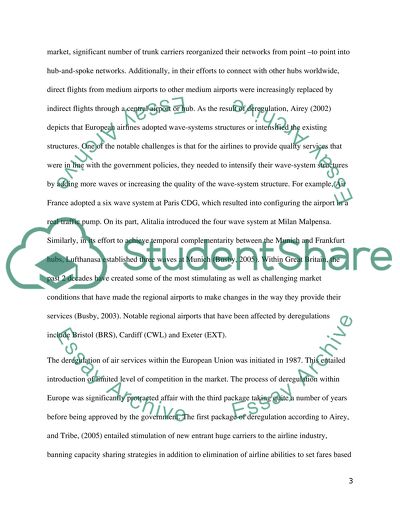Cite this document
(“Aviation in the Global Context Essay Example | Topics and Well Written Essays - 2750 words”, n.d.)
Retrieved from https://studentshare.org/tourism/1667692-aviation-in-the-global-context
Retrieved from https://studentshare.org/tourism/1667692-aviation-in-the-global-context
(Aviation in the Global Context Essay Example | Topics and Well Written Essays - 2750 Words)
https://studentshare.org/tourism/1667692-aviation-in-the-global-context.
https://studentshare.org/tourism/1667692-aviation-in-the-global-context.
“Aviation in the Global Context Essay Example | Topics and Well Written Essays - 2750 Words”, n.d. https://studentshare.org/tourism/1667692-aviation-in-the-global-context.


